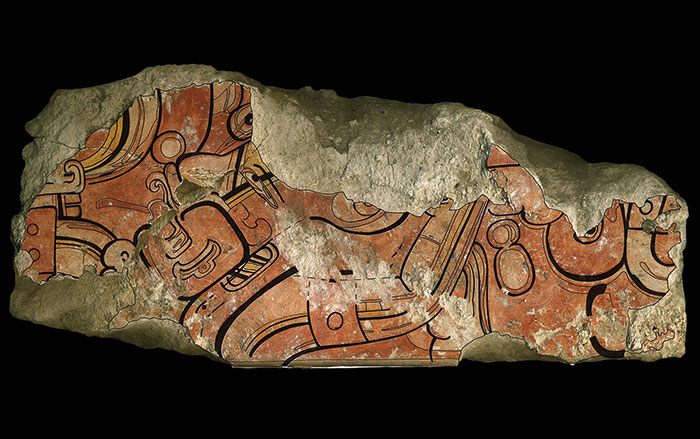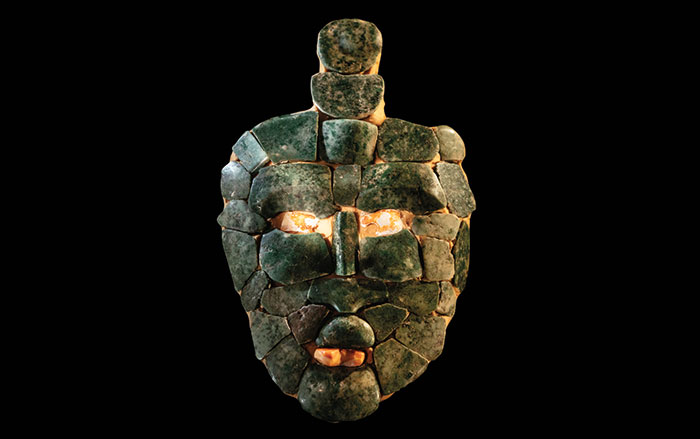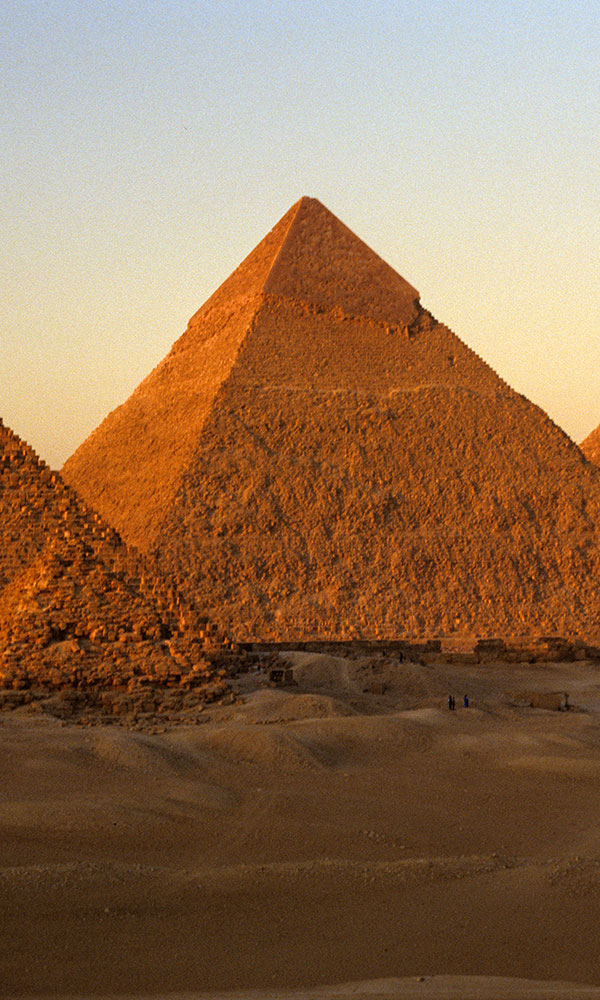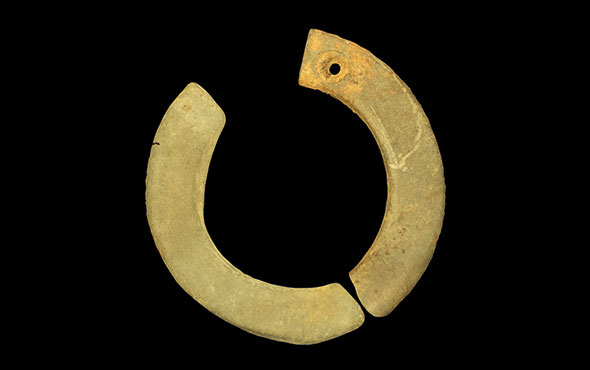
In the ancient Maya city of San Bartolo in Guatemala’s Petén rain forest, researchers have recovered pieces of a painting that include the earliest known date from the Maya ritual calendar. The painting was once featured on the wall of a chamber at the base of the city’s central pyramid. The chamber has been dated to 250 B.C. So far, 250 fragments of the painting have been found, of which 11 are inscribed with examples of early Maya writing. This writing is not yet translatable, with the exception of two fragments that include glyphs for the number 7 and the word “deer.” Seven Deer is a date in the 260-day-long Tzolk’in calendar, which is still used by modern-day Maya to determine when rituals should be performed. To archaeologist Heather Hurst of Skidmore College, the discovery has illuminated a profound connection between past and present. “I was in awe that across the rise and fall of dynasties,” she says, “across the Spanish invasion and the decimation of people that occurred, this calendar has been maintained, and the count has kept going.”











